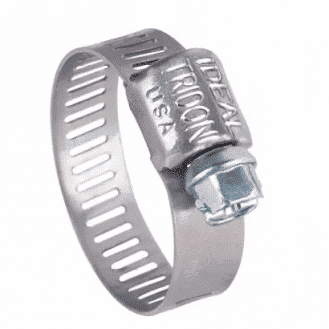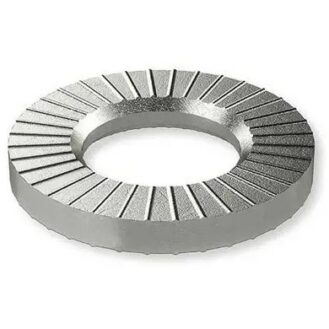Flat seals are used for static applications and offer several advantages:
- They are available in a wide range of sizes, shapes, and materials.
- There are as many flat seals as there are applications.
Flat seals are used in a wide range of industrial sectors.
The automotive industry uses large, thin seals known as gaskets. On the one hand, they ensure resistance to even the most extreme temperature variations, as well as to oils and fuels. They also provide a seal between two mechanical components (clutch housing, oil pan, etc.).
The food industry uses rubber seals of varying diameters, often reddish/orange in color, to seal food jars and bottles. These single-use seals can no longer be used once the container has been opened.
In plumbing, fiber seals, which swell slightly when in contact with water, are most commonly used. They seal the connections between the valve and the pipe. We strongly recommend changing the seal every time you disassemble the valve. For gases, CNK blue seals (a mixture of rubber, nitrite, and aramid) are recommended, because the presence of gas does not allow the seal to swell.

DONIT flat gaskets








